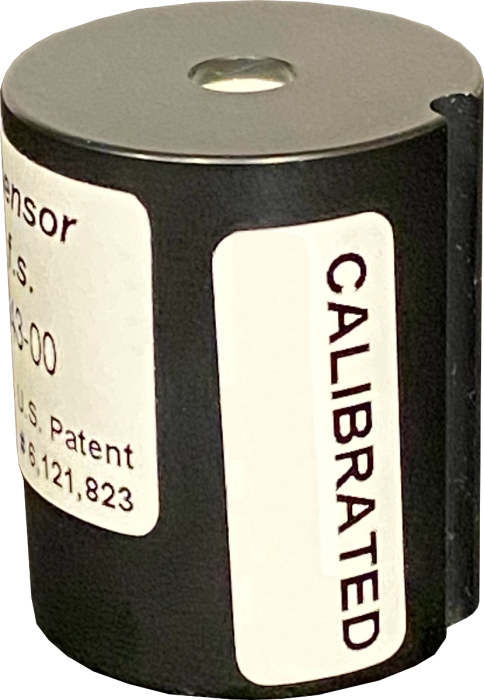Accurate gas measurements are crucial for various applications, and regular calibration ensures that your ozone sensor operates within manufacturer standards, providing reliable data. In this comprehensive guide, we delve into the importance of calibration, its frequency, costs, and the meticulous process involved.
Calibration Frequency: Ensuring Long-Term Accuracy
Calibration is not a one-time affair; it’s an ongoing process vital for maintaining the accuracy of your ozone sensor. Most manufacturers recommend an annual calibration to guarantee optimal performance. However, the frequency may vary depending on the sensor type and the purpose of the gas sensor.
Our general recommendations include a monthly bump-test, a field or factory calibration every 6 months, and a factory calibration or sensor replacement annually.
Common Sensors Requiring Calibration:
- [List of common sensors goes here]
Calibration Costs:
Calibration costs vary based on the type of sensor and the specific requirements. Here’s a rough estimate:
- Calibration Fee: $150
- Analyzer Calibration Fee: $300
- PM Calibration Sensor Fee: $330
- Genie Calibration Fee: $265
- ATI Calibration Fee: $205
(Note: Prices are subject to change based on labor and parts requirements)
The RMA Process: Ensuring a Seamless Calibration Experience
To initiate the calibration process, fill out our Calibration Service Request Form, which can be found [link to form]. Email the completed form to [email protected] to receive an RMA (Return Merchandise Authorization) number. Once you have the RMA number, print the form and send your items to us, including essential information like serial numbers, sensor issues, and display errors. We’ll contact you after evaluating/calibrating your sensor for payment. Please be aware that sensors failing calibration won’t be returned due to liability concerns.
306 Ozone Calibration Source: Our Commitment to Accuracy
Our calibration equipment adheres to the highest standards of accuracy, as all our gases and equipment are NIST traceable. The National Institute of Standards and Technology (NIST) ensures that measurement standards are maintained, guaranteeing the accuracy of your sensor’s calibration. Calibration gasses are also NIST traceable, following specific protocols set by NIST.
Calibration Certificate: Proof of Precision
When purchasing a sensor, a calibration certificate is provided by the manufacturer. This document contains crucial information, including the calibration date and when the next calibration is due. It serves as proof that the sensor was calibrated to an NIST standard.
Field Calibration: Convenience and Practicality
Field calibration refers to the calibration of a sensor in its installed location. This approach is convenient for applications with numerous sensors where sending them away for calibration would be impractical. Field calibration can be performed using calibration gases or devices designed to produce gases suitable for accurate sensor calibration.
Bump Testing: Ensuring Sensor Responsiveness
Bump testing is a valuable option to verify sensor responsiveness. While not as precise as calibration, it exposes the sensor to the gas it is designed to measure, ensuring it responds appropriately. ATI offers an Auto-Test generator for certain sensors, running tests on a preset schedule to detect any failures promptly.
Conclusion: Trust, Verify, and Maintain Accuracy
In the world of ozone monitoring, calibration is the cornerstone of accurate measurements. Regular calibration not only ensures the reliability of your sensors but also contributes to the safety and success of critical applications. Remember, a bump test is not a substitute for sensor calibration; both are essential components of a comprehensive maintenance strategy. If you have any questions, feel free to reach out to us, and let’s together elevate the precision of your ozone monitoring system.
For more information you can look here: https://www.oxidationtech.com/services/ozone-calibration.html

